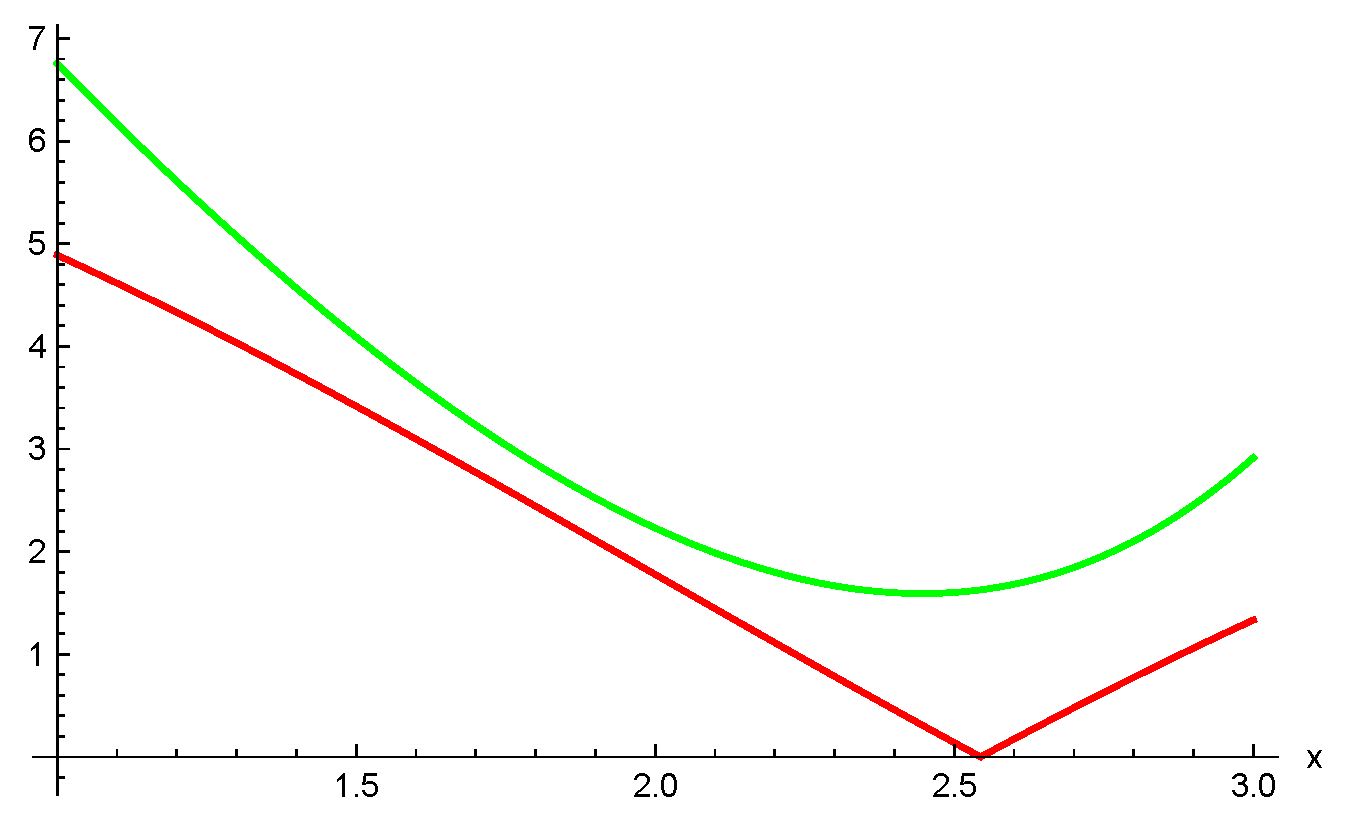
Ostrowski's Theorem is a fundamental concept in the field of mathematical analysis, offering valuable insights into the behavior of real and complex numbers. Understanding this theorem is crucial for anyone delving into the intricacies of mathematical sciences. In this article, we will explore seven essential facts about Ostrowski's Theorem, shedding light on its significance and applications.
Let's embark on a journey through the realm of mathematical analysis, where we will unravel the intricacies of Ostrowski's Theorem and its implications. Whether you're a student, an academic, or simply a curious mind eager to delve into the depths of mathematical theory, this exploration will provide valuable insights and a deeper understanding of this pivotal theorem.
So, fasten your seatbelts and get ready to embark on a mathematical adventure as we uncover the seven key facts about Ostrowski's Theorem.
Key Takeaways:
- Ostrowski’s Theorem helps estimate errors in math and science calculations, making it crucial for accurate numerical approximations in fields like physics and engineering.
- Named after mathematician Alexander Ostrowski, this theorem offers valuable insights into functions and their approximations, sparking further research and developments in mathematical analysis.
Ostrowski's Theorem is named after mathematician Alexander Ostrowski.
This theorem is named after the Swiss mathematician Alexander Ostrowski, who made significant contributions to the fields of number theory and mathematical analysis. His work laid the foundation for the development of this important theorem.
It provides a powerful tool for estimating the error in numerical approximations.
Ostrowski's Theorem offers a powerful tool for estimating the error that arises when using numerical methods to approximate the value of a function or its derivatives. This is particularly valuable in various scientific and engineering applications where precise calculations are essential.
The theorem establishes bounds on the difference between a function and its Taylor polynomial approximation.
One of the key insights provided by Ostrowski's Theorem is the establishment of bounds on the difference between a function and its Taylor polynomial approximation. This has far-reaching implications in fields such as calculus, where accurate approximations are crucial for solving complex problems.
It plays a crucial role in the analysis of numerical methods for solving differential equations.
Ostrowski's Theorem plays a crucial role in the analysis of numerical methods for solving differential equations. By providing a framework for error estimation, it enables mathematicians and scientists to assess the accuracy and reliability of numerical solutions to differential equations.
The theorem has applications in fields such as physics, engineering, and computer science.
The practical implications of Ostrowski's Theorem extend to diverse fields, including physics, engineering, and computer science. Its ability to quantify error in numerical approximations makes it an indispensable tool for ensuring the precision of calculations in real-world applications.
It offers valuable insights into the behavior of functions and their derivatives.
Ostrowski's Theorem offers valuable insights into the behavior of functions and their derivatives, shedding light on the relationship between a function and its approximations. This deeper understanding is instrumental in refining numerical methods and enhancing the accuracy of computational models.
The theorem has sparked further research and developments in mathematical analysis.
Ostrowski's Theorem has sparked further research and developments in the field of mathematical analysis, inspiring mathematicians to explore new avenues for refining error estimation techniques and numerical approximation methods. Its enduring impact continues to drive innovation in the realm of mathematical theory and application.
Ostrowski's Theorem stands as a cornerstone of mathematical analysis, offering a powerful framework for error estimation and numerical approximation. Named after the esteemed mathematician Alexander Ostrowski, this theorem has far-reaching implications in diverse fields, from engineering and physics to computer science. Its ability to provide bounds on the difference between functions and their approximations has cemented its status as a vital tool for ensuring the accuracy of numerical calculations. As researchers continue to delve into its applications and implications, Ostrowski's Theorem remains a beacon of insight and innovation in the realm of mathematical analysis.
Conclusion
In conclusion, Ostrowski's Theorem is a powerful tool in mathematical analysis, providing valuable insights into the behavior of functions and their derivatives. Its applications extend across various fields, including engineering, physics, and economics, making it a fundamental concept in the realm of mathematical sciences. By understanding the key principles and implications of Ostrowski's Theorem, mathematicians and researchers can unlock new avenues for problem-solving and theoretical exploration, contributing to advancements in diverse disciplines. Embracing the depth and significance of this theorem enriches our comprehension of mathematical phenomena, paving the way for innovative discoveries and practical solutions.
FAQs
What is the significance of Ostrowski's Theorem?Ostrowski's Theorem holds significant importance in mathematical analysis as it provides a powerful framework for understanding the behavior of functions and their derivatives. Its applications span across various fields, making it a fundamental concept in mathematical sciences.
How does Ostrowski's Theorem impact real-world applications?Ostrowski's Theorem has far-reaching implications in real-world scenarios, particularly in engineering, physics, and economics. By leveraging the insights derived from this theorem, researchers and practitioners can enhance problem-solving approaches and gain deeper insights into complex phenomena.
Was this page helpful?
Our commitment to delivering trustworthy and engaging content is at the heart of what we do. Each fact on our site is contributed by real users like you, bringing a wealth of diverse insights and information. To ensure the highest standards of accuracy and reliability, our dedicated editors meticulously review each submission. This process guarantees that the facts we share are not only fascinating but also credible. Trust in our commitment to quality and authenticity as you explore and learn with us.
